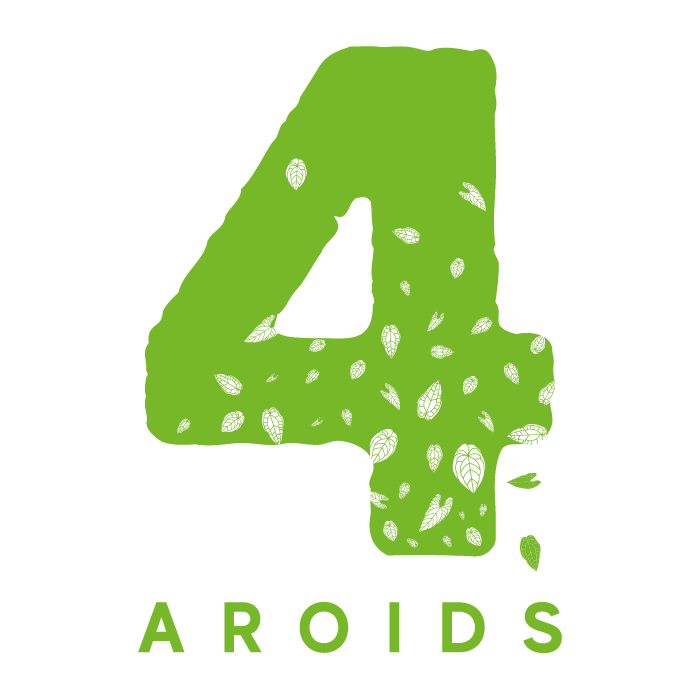Anthurium dressleri is an anthurium described in 1978 by Tom Croat, curator of the Missouri Botanical Gardens. It belongs to the section Cardiolonchium and is found exclusively in Panama and, more rarely, in Colombia.
It grows in tropical, humid and foothill rainforests at altitudes of 150 to 500 meters. The holotype was found in the Colón province of Panama, not far from the Rio Guanche. The distribution in Panama extends from the province of Panama through the province of Colón to the Comarca de Guna Yala. The distribution in Colombia is limited to isolated finds in the Chocó province.
Anthurium dressleri is characterized by a soil-bound (terrestrial) or stone-loving (lithophytic) growth. The trunk grows up to 70 centimeters long. The petioles (petioles) have 4 to 5 ribs and are tinged with reddish to purple. The leaves are narrowly ovate (ovatiform), tapering (acutiform) at the apex and deeply lobed at the base. They grow up to 46cm long and 31cm wide. The leaf surface is dull dark green, velvety, with a paler underside. On the leaf surface there are 3 to 4 pairs, sometimes up to eight pairs, of raised basal veins that run freely to the base.
The inflorescence is usually lower than the leaves and has a white to greenish-white flower sheath (spatha), which is occasionally slightly pink. The spadix is yellow to yellowish-green.
Similar to Anthurium papillilaminum, Anthurium dressleri has recently become increasingly popular among horticulturists, plant collectors and the like. US collectors such as Jay Vannini and Rory Antolak have particularly contributed to this. For example, specimens of Jay Vannini's Rio Guanche ecotype from different generations are sold at high prices and are known for the dark appearance of the foliage. Other plants known in the hobby are the NSE form, clones of Windy Aubrey or Dressleri 'Oliver' (NSE line). The lines of NSE and Windy Aubrey are said to go back to Rio Guanche forms by Jay Vannini. 'Oliver' in turn comes from the NSE line.
Related plants have also been circulating for some time, which are traded under the names "Eastern Dressleri" or "Dressleri aff", for example. In addition, some plants traded as Anthurium dressleri by major South American traders appear to belong to this species. It is still unclear whether these plants are the same species in the sense of the botanical description or a new, very similar species.

Leave a comment
This site is protected by hCaptcha and the hCaptcha Privacy Policy and Terms of Service apply.